Shea Butter— Mother Nature’s Moisture Locking Miracle
Nature’s Moisture Miracle Shea butter, a natural fat from the fruit or nut of the African savannah tree, is commonly found in west Africa. Shea Butter has been used for centuries by African communities to protect their skin from and repair the damage done by the harsh sun. It’s known for its richness and softness…
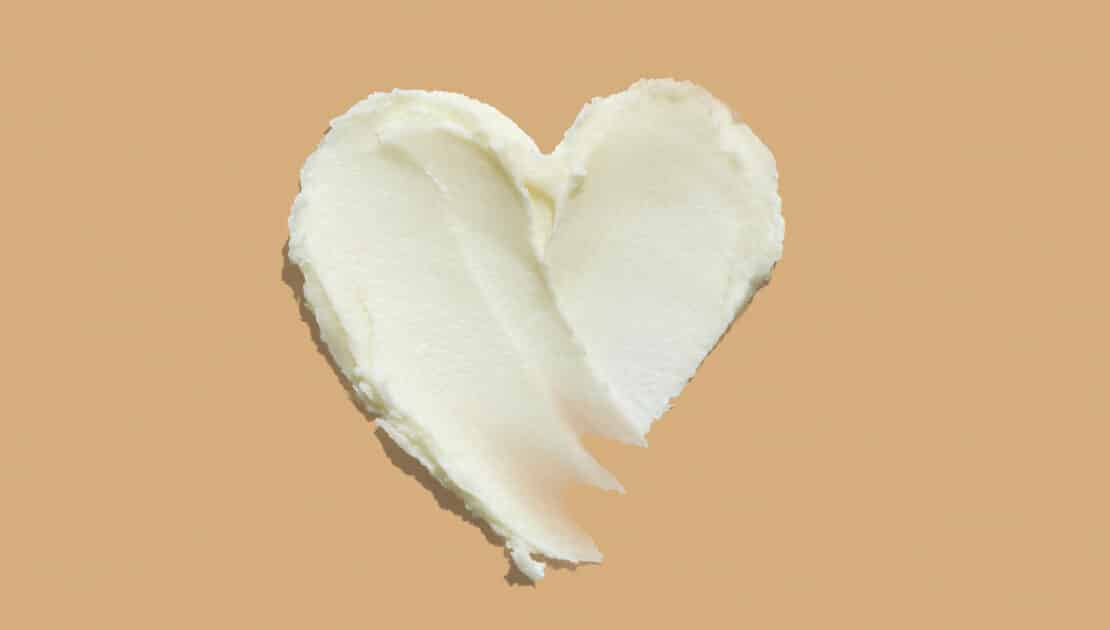
Nature’s Moisture Miracle
Shea butter, a natural fat from the fruit or nut of the African savannah tree, is commonly found in west Africa.
Shea Butter has been used for centuries by African communities to protect their skin from and repair the damage done by the harsh sun. It’s known for its richness and softness — making shea butter an ideal choice for dry or sensitive skin types.
Now it’s available in many forms—from solid blocks to liquid creams—and you can find it in many self-care products. This plant-based ingredient can help restore moisture to your face, hands, body, and hair.
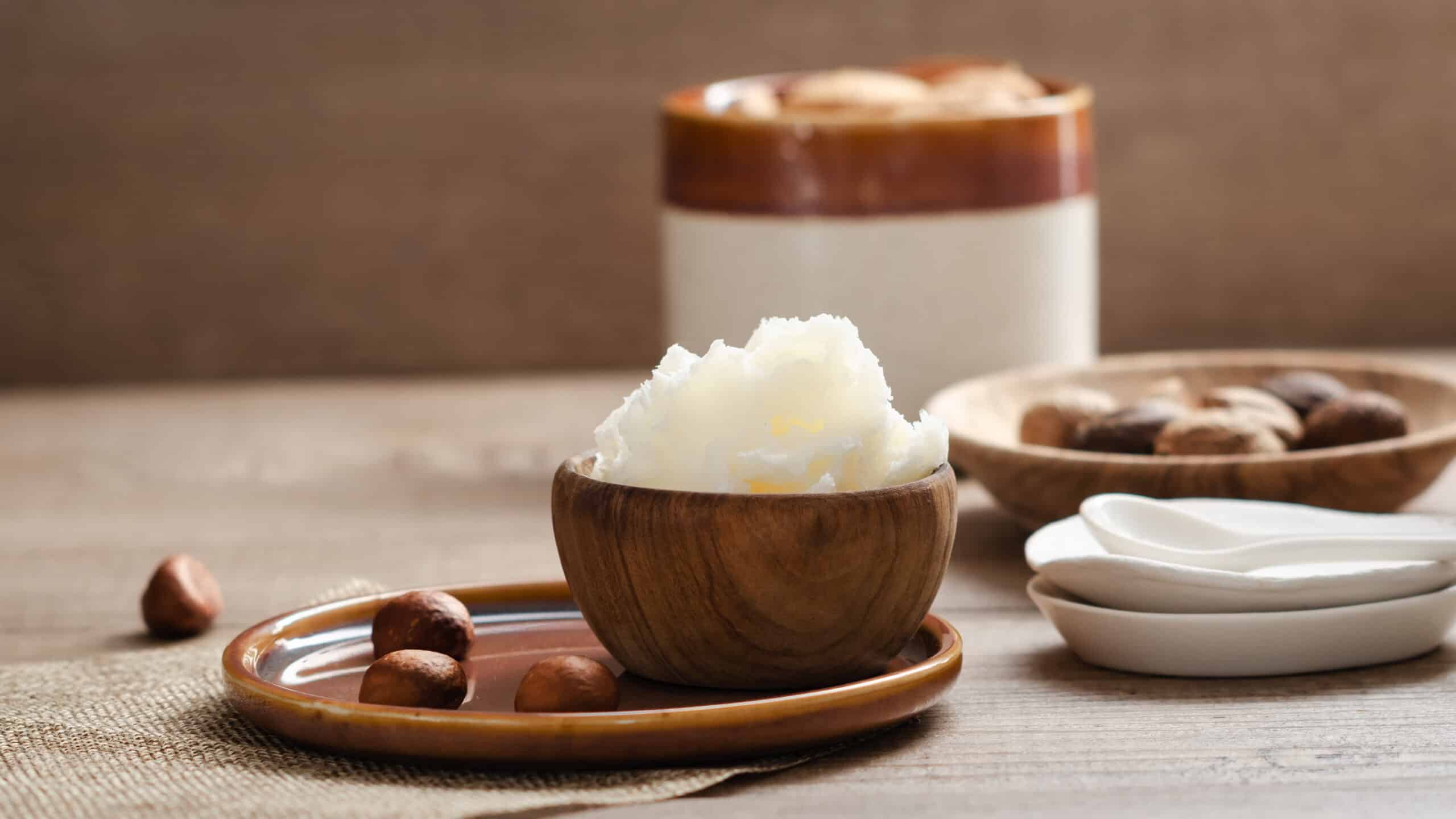
Shea Butter: The Queen’s Gold
Native to western Africa, ancient civilizations valued the shea fruit, or nut, for skincare, hair care, and even cooking.
In fact, shea butter was one of the many beauty secrets kept by Cleopatra of ancient Egypt. Cleopatra took her beauty regimen seriously.
She imported the butter from west Africa to maintain the youthful glow. Servants massaged it into her face and body after bathing her in milk and honey.
It’s rumored that the queen of ancient Egypt had her servants pack clay jars full of the rich butter whenever she traveled through the desert to keep her hair in place and protect her skin.
Humans are still using shea butter to protect their skin and hair from harsh weather or adding it to their daily skincare routine because it truly is one of nature’s miracles.
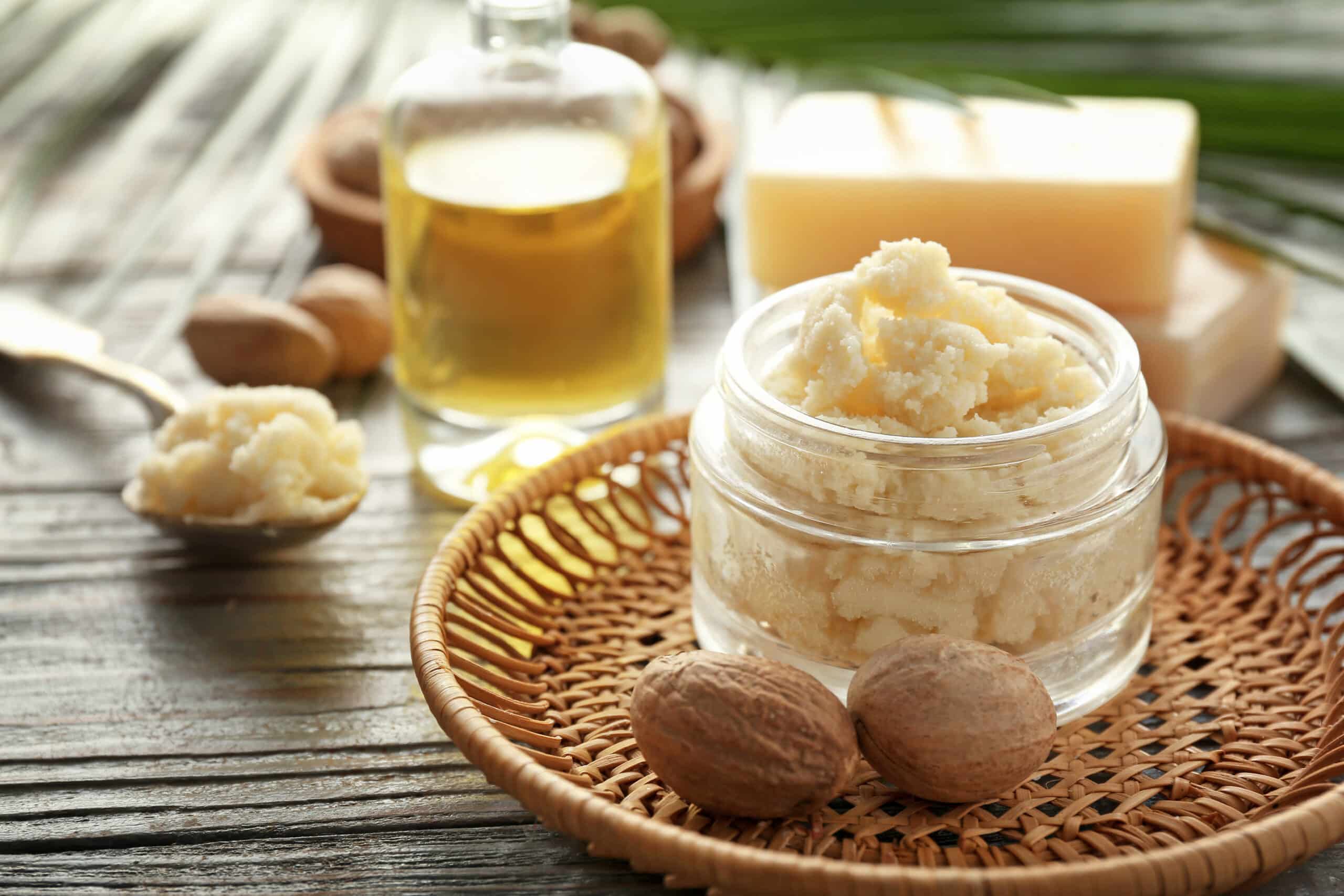
The Process of Producing Shea Butter Ensures This Miraculous Butter’s Free From Impurities
West Africans harvest shea nuts by hand. Starting by removing the fleshy pulp from the outer shell. Then the nuts are then dried in the sun and ground for the first time.
Next these small bits of shea nuts are then roasted over an open fire at a consistently low temperature. The roasted bits are then ground again to create a thick brown paste which is kneaded by hand.
The roasted paste finally begins to change into a lighter substance, both in consistency and color. When the shea paste begins to slide off their hands, the west Africans know that the process is almost complete.
Cold water is poured over the whipped paste, and almost immediately, the shea butter begins to separate and rise to the top of the bowl.
Shea butter is then skimmed from the top, boiled down into an oil, left to cool, and then skimmed to remove any remaining impurities.
The women of west Africa are extremely proud of their shea butter process and take pride in a superior product. The nuts are sorted throughout the process ensuring the product is whipped to perfection and free from impurities.
Moisturize Your Face And Fight Aging with Shea Butter
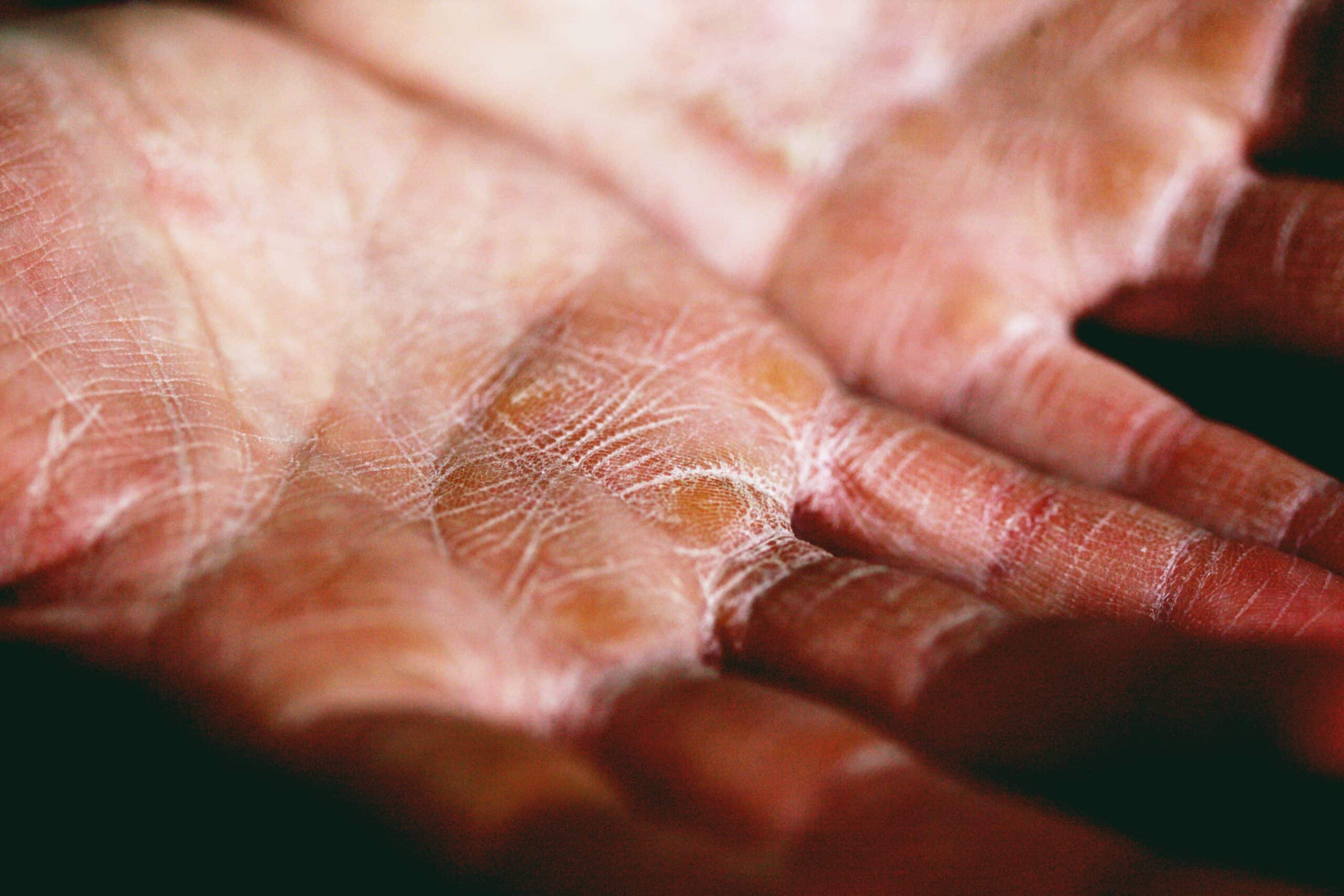
Shea butter’s fatty acid content makes it an exceptional moisturizer, known for healing cracked or flaky skin. It’s a protective barrier against summertime sun exposure and wintertime wind and rain.
It’s the ideal ingredient for body parts prone to dryness like your elbows and knees. If you’ve ever had dry skin and tried to find the best moisturizer, then shea butter may be a product you’re already familiar with.
It contains both oleic and linoleic acids—two essential fatty acids key to maintaining healthy-looking skin.
Your skin cells contain natural fats to keep them hydrated and flexible. But you’ll struggle with dry skin if your body isn’t producing enough fatty acids to keep your skin healthy.
Using shea butter will help prevent water from evaporating from your body by creating a protective layer that locks in moisture.
When applied to the skin, this rich balm penetrates quickly and deeply to moisturize. The fatty acids in its formulation—including linoleic, oleic, stearic, and palmitic acid—allow it to form an instant barrier against moisture loss.
In addition, shea butter contains vitamin E. This antioxidant helps protect against free radical damage, one of the leading causes of visible aging. Vitamin E is crucial to keeping skin smooth and youthful by helping maintain the skin’s natural moisture balance.
There is no need to wait for age to show up in fine lines and wrinkles! Add shea butter to your skincare routine now because it has a lot of benefits for all skin types—especially dry or sensitive skin.
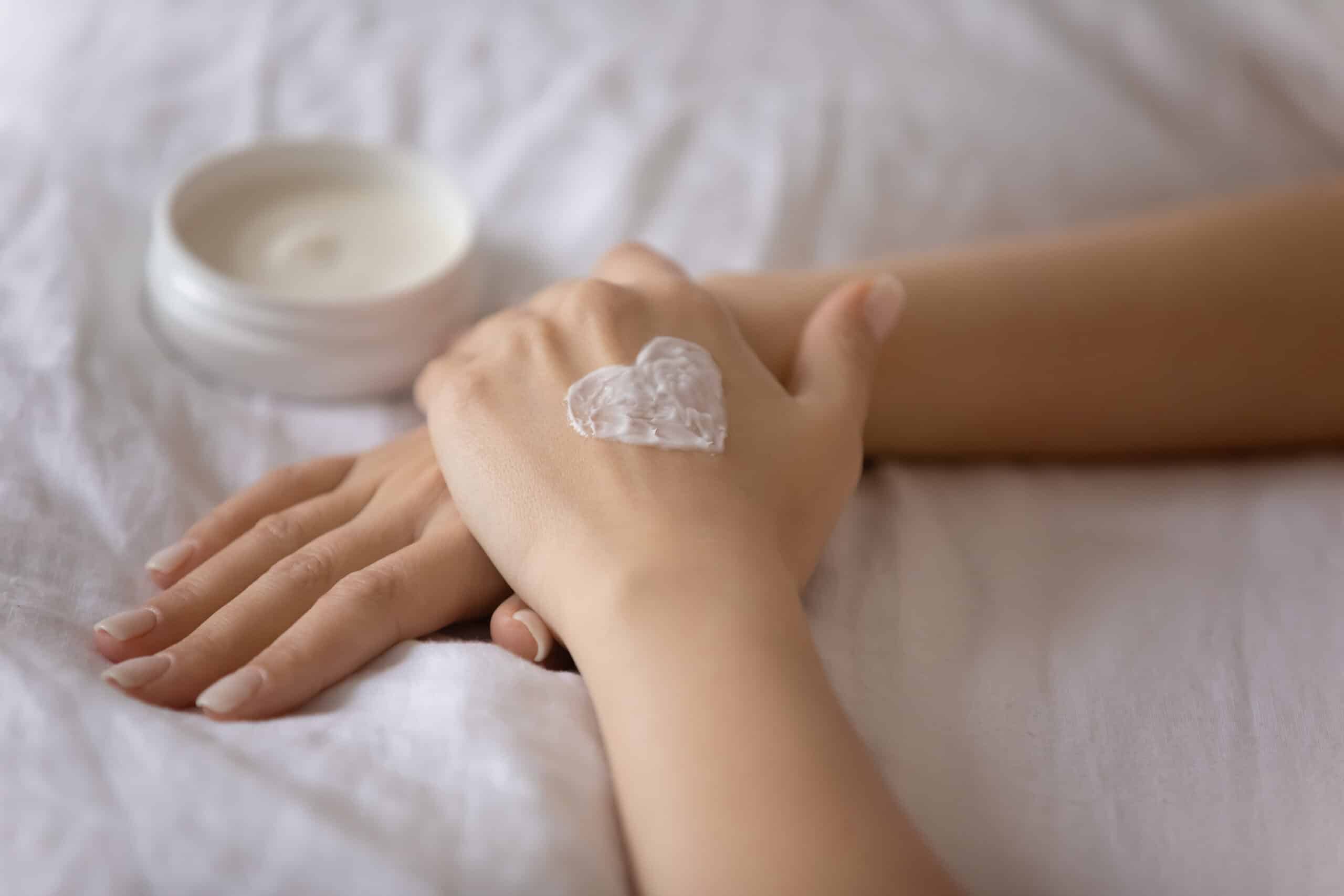
Shea Butter Protects Against Eczema and Sun Damage
Not only is it a chemical-free way to soothe dryness, but shea butter also contains antioxidants to help repair your skin’s natural barrier. Its natural anti-inflammatory properties help ease sunburns, windburns, and eczema flare-ups.
With natural SPF 4, shea butter backs a one-two punch of protection against sun damage and UVB rays without the harmful chemicals found in many sunscreens. You can also apply shea butter on your lips—it acts like a lip balm!
Shea butter is the perfect after-sun topical to soothe burns (or other injuries caused by inflammation). The anti-inflammatory properties make it ideal for treating problems resulting from too much sun. It’s perfect for dry skin, sensitive skin, and the face and body.
At Serenity, our Topical Balm combines the power of hemp and shea butter. Our balm absorbs quickly into your skin without leaving any greasy residue.
Fair Trade Is the Only Way to Trade
Sustainability is part of the ethos of Serenity CBD. We believe fair-trade sourcing should be a rule, not a suggestion. Our shea butter comes from Jedwards International, a bulk supplier of organic, fair-trade natural ingredients. This ensures the hard-working shea farmers of west Africa are paid fairly for their efforts, enabling them to support their communities and thrive!
We believe all humans deserve dignity and will only source shea butter harvested and produced sustainably.
Remember Serenity loves you. All of you. Regardless.[/vc_column_text][/vc_column][/vc_row]


